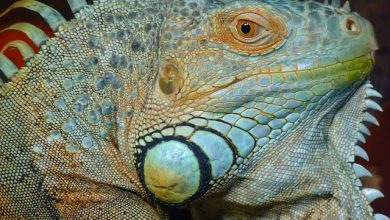How to Select Substrate for Planted Aquariums

Fretting over which substrate to add to your planted aquarium? You donât have to. The good thing about substrate choice is that in most cases, you canât go terribly wrong.
That being said, there are definitely pros and cons for each type.
Here are some things to consider when choosing a substrate for your planted aquariumâ¦
Appearance
Sure, itâs superficial, but most of us want our aquarium to look good, or at least have a specific aesthetic. Thatâs part of the reason we pick specific fish or plants to put in the tank, after all.
Fine, sand-like substrates tend to look good because they provide a fairly neutral background. The funny thing is that many of these are not actually made of sand.
For instance, Seachem Flourite Sand is good for planted aquariums, and it is actually made of porous clay. Also, it can be used alone as a substrate or mixed with gravel. And it comes in Black Sand, as well.
If youâre going for a more colorful look, gravel comes in a lot of different options. Some colors we carry at The Tye-Dyed Iguana include:
These colors are great for tropical fish aquariums for kids, but I think theyâre fun for adults, too.
Safety
If you have tropical fish in your aquarium, then you need to consider whether the substrate is safe for them. Fish tend to eat things that are in their tank, and bottom dwellers are especially likely to end up eating some of the substrate.
A fine-grained natural substrate, such as CaribSea Moonlight Sand provides a safe environment in the aquarium. Itâs also a pH neutral substrate that wonât make it difficult to keep your water pH balanced.
Flourite, mentioned above, can have small, sharp granules and may not be the best option for tanks with fish, especially bottom dwellers. If, however, youâre creating an aquascape with plants only, then it works great.
Duration of use
Some substrates break down quickly and need to be replaced, and others last for a long time. Clay-based Flourite and gravel are both long-lasting options.
Aquarium soils that come with nutrients are more likely to break down quickly. Speaking of whichâ¦
Nutrients
As mentioned, some substrates come with nutrients already included. None of the ones listed above have nutritional value for aquatic plants. And thatâs okay. You can still add nutrient tablets, such as Seachem Flourish.
But if youâd prefer a substrate that already comes with nutrients, much like potting soil, you have options for that, as well.
In fact, you can even use potting soil in your planted aquarium if you like. A layer of gravel on top will help keep things tidy. You may just have to clean up the debris initially with a net or do a water change to get things looking clean. Note that using potting soil is more difficult and messy, though.
PH
Additionally, some substrates alter the pH level of your tank. This isnât a huge deal. It just means that you need to adjust the pH to balance it out to be a healthy environment for both the plants and fish. In some cases, you can even use the substrate itself to correct an existing pH imbalance with your water.
Ease of cleaning
Bigger gravel substrates are going to be the easiest to clean fish waste from, and finer sand-like or natural sand substrates present more of a cleaning challenge. That being said, this is not a big consideration for plant-only tanks, though they will also need cleaning occasionally.
Come into The Tye-Dyed Iguana in Fairview Heights to see what substrates we use in our tropical fish tanks.



